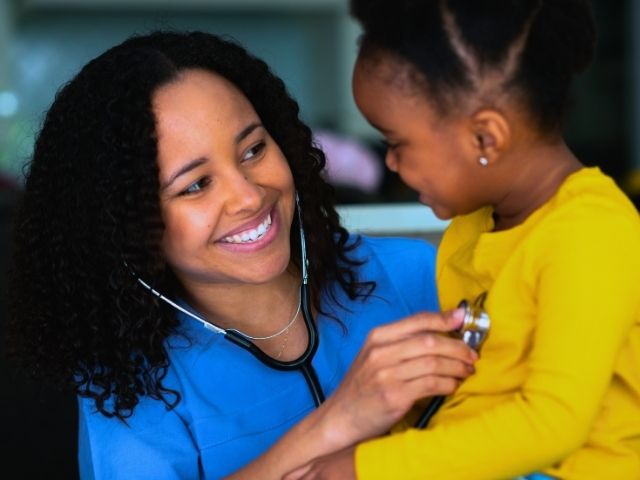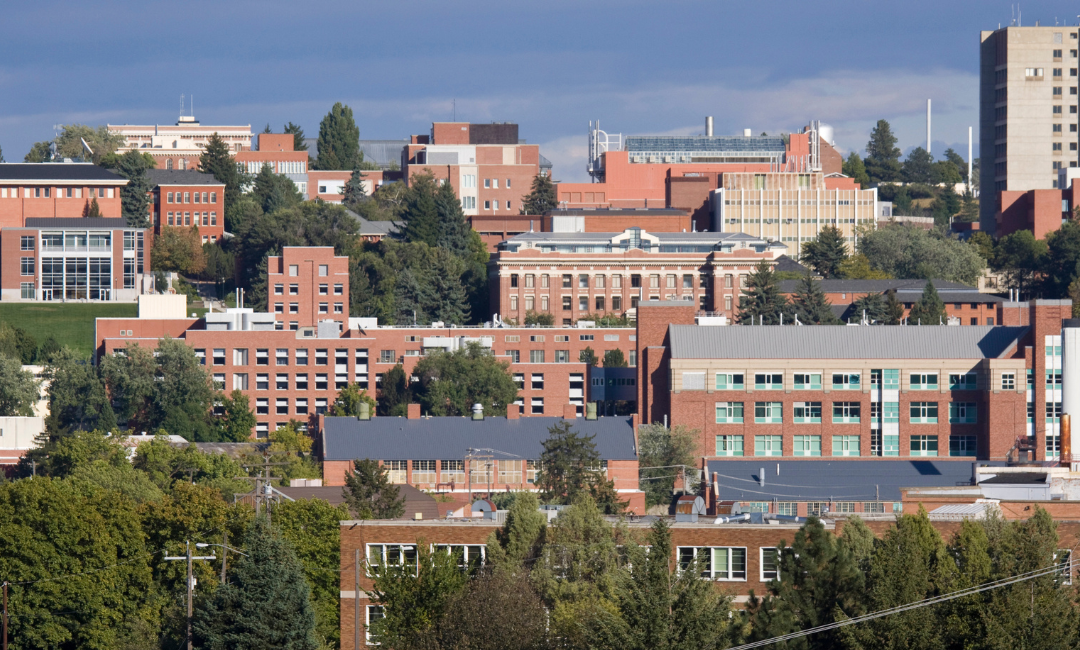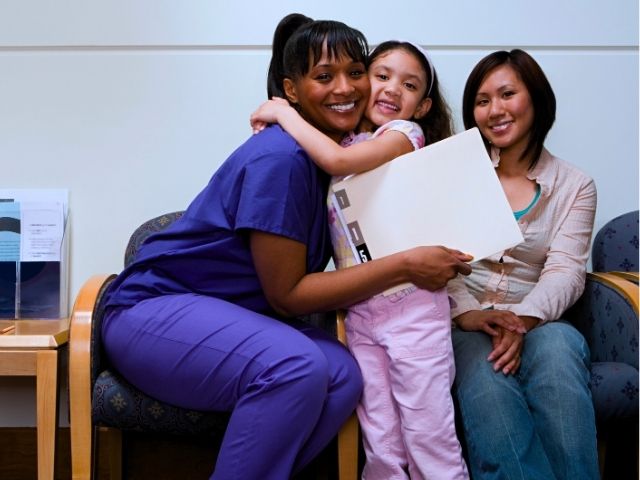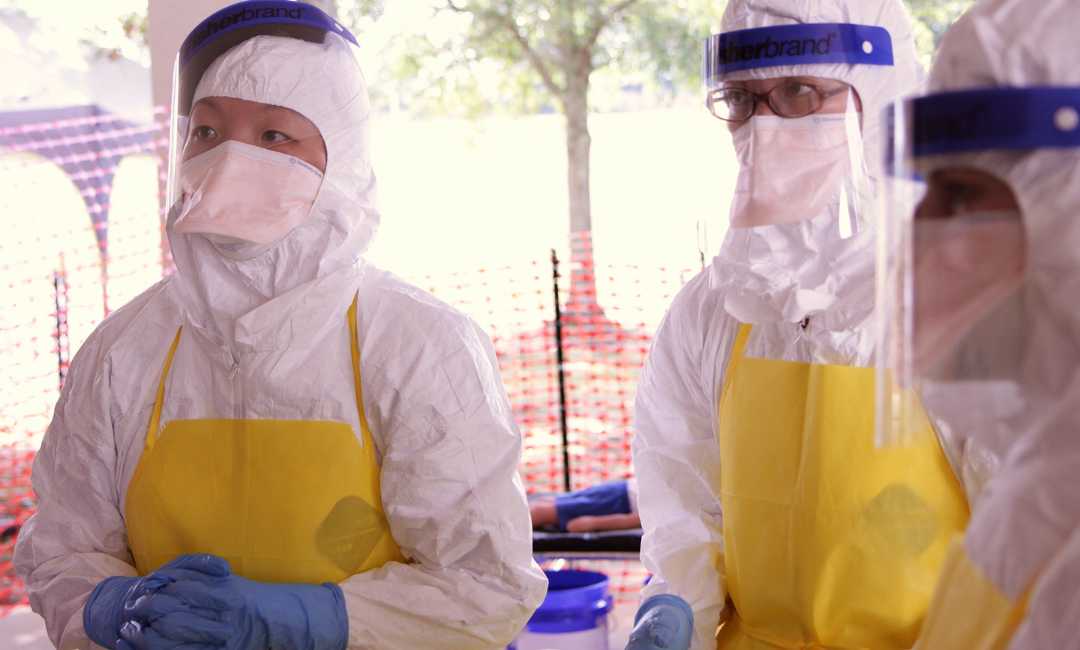What is the Cluster Model?
Under the proposed model, each cluster will consist of four public or public charter schools that are geographically close to one another. Each cluster will have a nurse manager overseeing the staff.
Including the nurse manager, there will be at least five healthcare workers assigned to each cluster, two being either RNs or LPNs and at least two being health technicians. Every school will still be assigned one full-time employee from this group, but each employee is expected to know the health needs of all students within their cluster.
The Department of Health provided an example cluster of four D.C. public schools totaling 1750 children. This would mean each healthcare employee would be responsible for approximately 438 students (or 350 if the nurse manager is also involved in direct patient care).
Health technicians are required to have AOM Certification, First Aid Certification, and either be a Nursing Assistant, EMT, or certified Patient Care Technician. This is in comparison to RNs and LPNs who are required to have some undergraduate education (bachelor’s or associate’s degree respectively) and pass the NCLEX exam.
The Department of Health does recognize the difference in responsibilities that nurses can handle compared to health technicians and has broken them down as follows:
Responsibilities of Nurses
- Administration of injectable medications, excluding insulin
- Acute Illness Assessment
- Medical Procedures
- Health and Nutrition Education
- Reporting/Tracking of Communicable and Infectious Diseases
- Health Suite Oversight
- Individualized Health Plan Participation
- Act as the primary point of contact for school health teams
- Consult with medical specialists via telehealth regarding children’s illnesses
- Act as the point of contact for Immunizations
Responsibilities of Health Technicians
- First Aid
- Consult via telehealth with one of the cluster’s RNs
- Asthma Care Management, including administering Albuterol, Flovent, and Nebulizer treatments
- Mental Health screenings
- Administration of Medication
- Care Coordination, such as referrals to medical/behavioral specialists
- Reviewing immunization records
- Vision/Hearing Screenings
- Collection of health forms such as UHCs and AAPs
- Entering school health forms into School Health Management
- Communication with parents and guardians
- Diabetes Care (under supervision of one of the cluster’s RNs)
In the example cluster, the farthest schools are located less than a mile and a half apart, which is 10 minutes of travel by car or bake and up to 30 minutes of travel if taking public transportation or walking. This distance is important as just 64.6% of households in D.C. have access to a vehicle.
Additionally, D.C.’s school system will now be continuing a telehealth program originally piloted in 2021. These telehealth services include care for rashes, nose/throat/ear irritations, minor injuries, and common colds.









